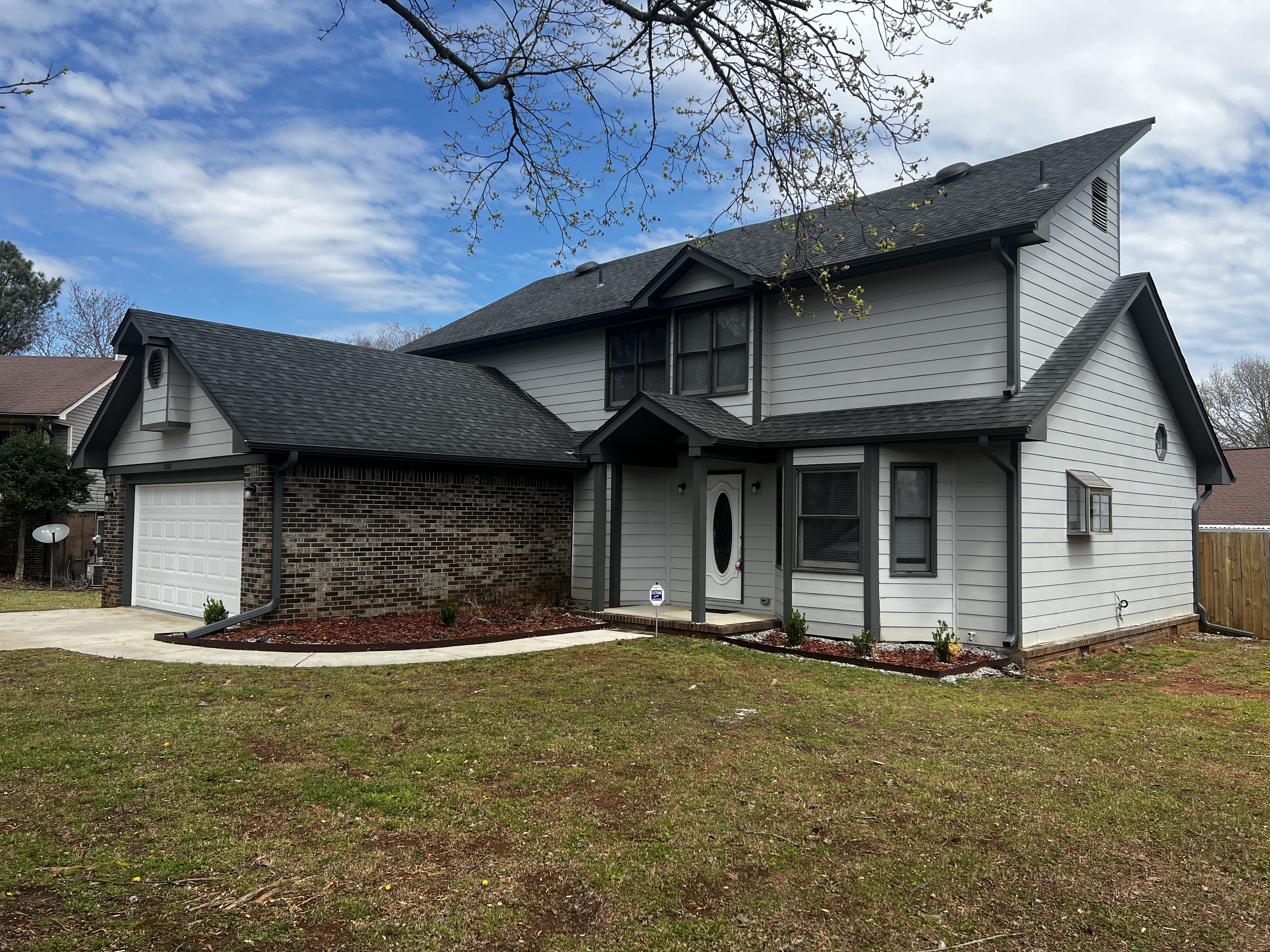
Right now, investors want to ensure that any property they own or acquire maximizes its potential. After all, the investment market is less forgiving these days. Every decision counts!
Whether you’re looking to expand your portfolio through property acquisitions or choosing to focus on what you already own, maximizing profitability is the key to success.
This principle is central to our philosophy around investment property profits: profitability doesn’t (and shouldn’t) burden your residents. It’s not about squeezing their dime; it’s about diligent risk management, intentional relationship-building, and committing to the long haul.
8 Tips for Profitable and Efficient Investment Properties
1. Hire the right management team
Your property management team is an invaluable piece of this puzzle. Diligent management protects the infrastructure and integrity of your physical property and serves its residents well. This means a lower cost burden and increased resident retention – a key component to maximizing your long-term passive income.
2. Make wise renovations
Every renovation in an investment property should be made with longevity in mind. Your upgrades should prioritize affordability, durability, and broad aesthetic appeal. Trendy materials aren’t always your best bet. Instead, focus on what will stand the test of time with minimal need for maintenance.
3. Focus on the resident experience
Reducing turnover is vital to make the most of your passive income. Residents who feel heard, cared for, and valued are the ones that will stick with you for the long haul. Craft your strategy around their well-being for optimal results!
4. Revisit your insurance policies
Insurance is something you never want to need, but it’s a significant relief to have it when you do. Apart from the typical property insurance that protects against fire, flood, and other hazards, real estate investors can also take advantage of different policies. Liability insurance, rental property insurance, rent guarantee insurance, and loss of income insurance can all be part of your plan.
Be sure to review your coverage and costs periodically, as well as assess ways you can secure discounts.
5. Utilize tax advantages
The tax advantages are one of the biggest reasons to invest in real estate over other assets. You can get a break on deductions (such as mortgage interest, depreciation, insurance, etc.) and utilize real estate-specific tax strategies. The 1031 Exchange allows you to “swap” one property for another, tax-deferred. Investing through an SDIRA also enables the investor to avoid capital gains taxes until withdrawal.
6. Consider warranties
While insurance policies cover peril – if something is damaged in an unforeseen event – a home warranty covers natural wear and tear. When renting out a property, you can expect wear and tear to be part of the equation! A home warranty can cover the service, repair, or replacement of major home appliances and systems, such as the HVAC.
If you frequently wrestle with wear and tear costs, a home warranty may be worth your while!
7. Provide desirable
What’s going to make a resident stay where they are? Addressing common housing frustrations is one of the best ways to increase lease renewals and secure long-term residents. Do you provide a washer/dryer, or at least the hookups for these amenities? Is there ample storage space? Proximity to community activities and amenities? Outdoor space?
You don’t have to have top-of-the-line amenities available, but simple conveniences and intuitive design go farther than you think. If a property excels in functionality and amenities, your residents will be reluctant to leave!
8. Secure properties in prime locations
Another way to be sure you minimize vacancies as much as possible is simple: invest where you’ll never hurt for rental demand. Properties in desirable school districts, up-and-coming economic hubs, and family-friendly cities are fundamental. When you carefully select your properties and their location, you’re automatically benefiting from demand that has nothing to do with the property itself.
Location matters, even in the rental world. This isn’t to say you need to buy in an expensive primary market – but it does mean you should thoroughly vet your investment market and its long-term potential.
Ultimately, maximizing the profitability of your investment properties isn’t always about the math. It’s about careful foresight and planning. Keep your eye on future gains, not short-term success.
When it comes to the experience of our investors and residents, the numbers speak for themselves.












